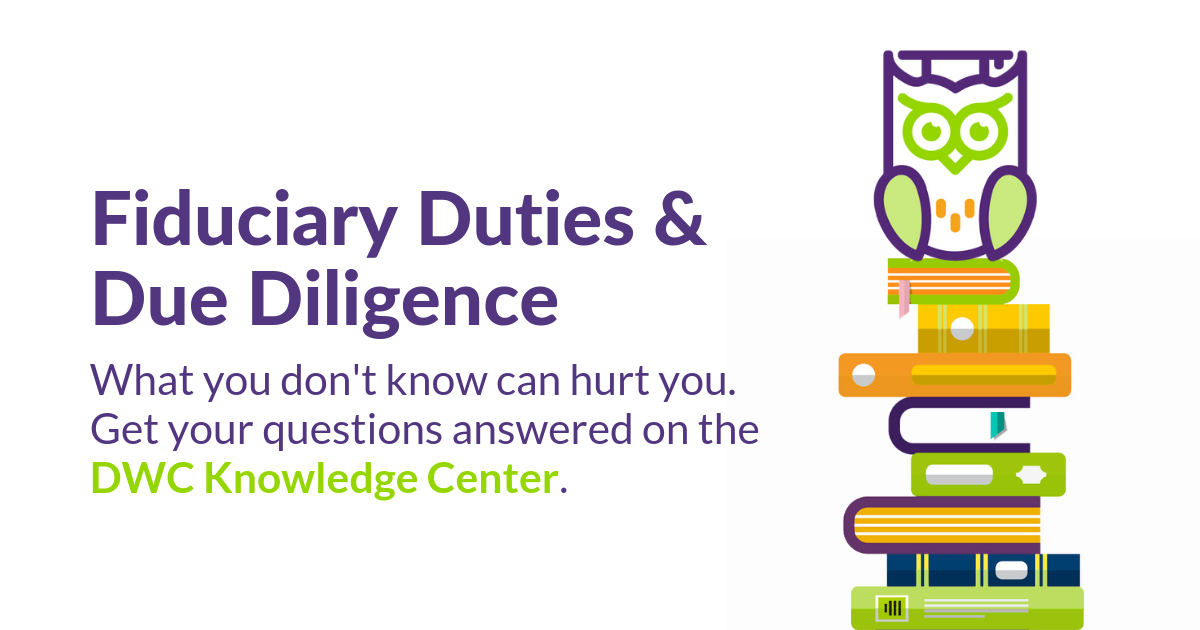ERISA Fidelity Bonds FAQs

What is a fidelity bond?
Also known as a surety bond, a fidelity bond is a special type of insurance that protects a company-sponsored retirement plan from losses due to misuse or misappropriation of plan assets by a plan official.
Which types of plans are required to maintain fidelity bonds?
The requirement to obtain a bond is found in ERISA and the related regulations, so only plans that are covered by those rules must have a bond. This includes most qualified retirement plans such as 401(k) plans, profit sharing plans, defined benefit plans, and some 403(b) plans.
Plans that are exempt from ERISA’s rules are not required to be covered by a fidelity bond. Examples of non-ERISA plans include single-participant plans (such as individual 401(k) plans), plans sponsored by most churches or church-controlled entities, plans sponsored by governmental entities, and certain 403(b) plans that qualify for an ERISA exemption.
For additional information on exemptions from the bonding requirements, please see the related section of the Department of Labor’s website.
Who is actually covered by the fidelity bond?
Although the plan is the named insured (the party to receive benefits in the event of a loss), the insurance must actually bond every person who handles funds or other property of the plan.
When is a person considered to be “handling funds”?
A person handles funds when his or her duties or activities establish a risk that the funds could be lost if that person were to commit a fraudulent or dishonest act. This doesn’t mean that you have to suspect someone of malfeasance for them to be “handling funds.” Rather, it means that the person’s responsibilities place him/her in a position that would allow for misappropriation if s/he did commit an act of fraud or dishonesty.
For additional information on determining who is considered to handle funds, please see the related section of the Department of Labor’s website.
How do I determine the coverage amount for my fidelity bond?
The minimum required coverage is the greater of $1,000 or 10% of plan assets. For this purpose, plan assets are measured as of the first day of the Plan year. The maximum bond amount is generally $500,000 (for a plan with $5 million or more in assets on the first day of the plan year), but there are several exceptions.
Exception #1: For plans that invest in the stock or other securities of the company sponsoring the plan (think ESOP), the maximum bond amount is increased to $1 million.
Exception #2: For plans that invest in so-called non-qualifying assets (such as real estate, limited partnerships, private stock, or certain other non-publicly-traded securities), the minimum bond amount is the greater of 10% of plan assets or 100% of the value of the non-qualifying assets.
For additional information on determining the necessary bond amount, please see the related section of the Department of Labor’s website.
Do I have to report my fidelity bond coverage to anyone?
Yes. The amount of the bond must be reported on the financial schedule to Form 5500 (Schedule H for large plans and Schedule I for small plans).
Is there a penalty if my fidelity bond coverage is too low?
Although maintaining a sufficient bond is a regulatory requirement, there is no penalty when coverage falls below the minimum amount. However, plans that are consistently under-bonded may raise red flags with government agencies that could result in an investigation to ensure there are no other problems.
Can one bond cover multiple plans?
Yes, as long as several conditions are met. First, each plan would have to be listed separately as a named insured. Second, the face amount must be equal to at least the minimum amount that would be required for each separate plan. For example, if one plan has assets of $3 million and another has assets of $4.5 million, the minimum face amount for a bond covering both plans would have to be $750,000.
Is it possible that my fidelity bond coverage is included in a broader “package” of business insurance?
If the fidelity bond is part of a global coverage package, make sure the portion that is intended to cover the plan lists the plan as the named insured and there are no deductibles.
Can I work with my regular insurance consultant to purchase a fidelity bond?
Most property and casualty agents can assist you with securing a fidelity bond; however, only certain insurance companies are permitted to issue them. A list of the insurers that are approved to issue fidelity bonds is available online.
For further detail on the specific bond terms and provisions, please see the related section of the Department of Labor’s website.
Does a fidelity bond provide coverage similar to fiduciary liability insurance?
No. Unlike a fidelity bond that protects the plan, fiduciary liability insurance protects individual plan fiduciaries from legal claims against them for breaching their legal responsibilities. Another key difference is that the fidelity bond specifically provides coverage for loss resulting from fraud or dishonesty, but fiduciary liability policies often carry specific exclusions for losses due to fraudulent acts by the insured.
Those seeking fiduciary liability insurance should work with their insurance professionals to secure the desired coverage.
Where can I learn more about ERISA’s bonding requirements?
In addition to the links provided above, the following resources are available:
- ERISA §412
- DOL Reg. §§ 2550.412-1 and 2580
- DOL Field Assistance Bulletin 2008-04
For more information on plan sponsor requirements, visit our Knowledge Center here.




















